With all of the excitement over the Art Order, Art Challenge Competition, I thought I’d post something equaling exciting. Yes folks, a discussion about palettes. This may seem dumber than a bag of hammers but someone out there in the electronic ether may have invented a better mousetrap! There are numerous commercially available palettes on the market. I’ve always found them to be a bit gimmicky and frankly, quite useless for my needs. They are never big enough and usually, fragile.
I like to keep things simple…
I have seen artists use old frying pans for palettes. They use the handle so they can easily move from one part of the painting to another section. Although I think I still use our fry pans for food prep. The surface is on the small side, unless you want to hold one of those heavy cast iron monstrosities. So I guess this would be better for touch-ups rather than full-out painting. Additionally who wants there painting to smell like bacon and eggs!
My personal criteria is quite simple. I’ve been using the same enameled butcher tray for the last twenty five years. I also use ceramic white plates and bowls for other mixing surfaces and when I need a large amount of a certain color. Since I work primarily in aqueous mediums (watercolor, acrylic, egg tempera) this suits my needs just fine. One problem I do have is keeping my paint (acrylic) wet and workable on the palette. This is easily solved by the use of a convention water atomizer. To keep the paint wet for longer periods I use a sheet of plexiglas or conventional glass to cover the palette when not in use. Some folks also put a dampened sponge in there as well. Please note: use distilled water in your sprayer for these water based paints. This will delay any mold from forming on your paint. Certain pigments are more likely to mold (bloom) than others. Typically yellows and blacks tend to mold faster than other pigments. Never use moldy paint… unless your doing a Lovecraft cover.
As far as working in oil. I use to have a bunch of fancy french style palettes. You know the type with the thumb hole. After I neglected to clean them… they became clogged with paint. Another horrid case of poor palette hygiene. So I had to throw them out. Currently when I paint in oil I just make a new palette out of a decent piece of plywood coated with a neutral colored gesso. I also use a piece of heavy glass, ground on one side. Instead of painting the underside white, I place large sheets of white paper so that I can see the pigment color. Another trick is to use different shades or colors of paper under the glass palette. If you can match the color of the ground you have applied on your painting’s surface, it may make for easy color matching.
In other instances and moments of pure laziness, I’ve used art supply paint boxes and my haloed drawing table’s surface to mix paint or sharpen a brush’s tip before applying the paint to panel.
I’d like to hear of your palette suggestions, experiences and tips. Who knows maybe someone has the next big thing in palette tech. Happy painting.


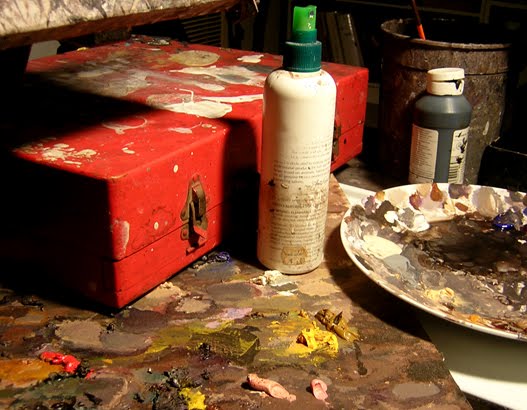
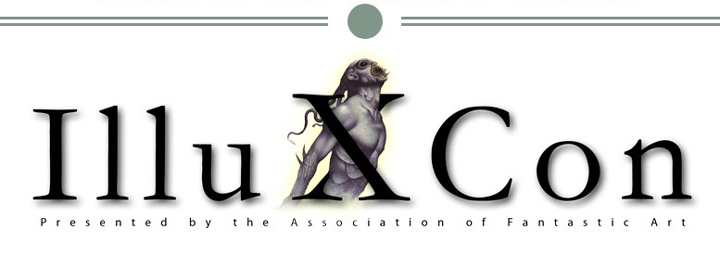
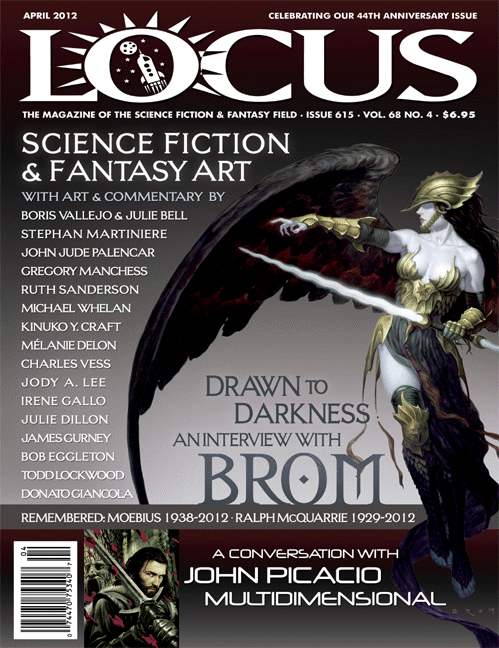
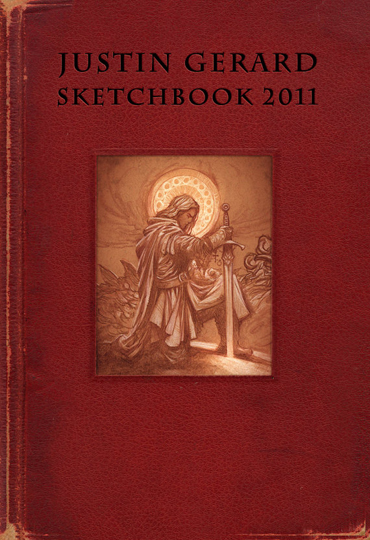
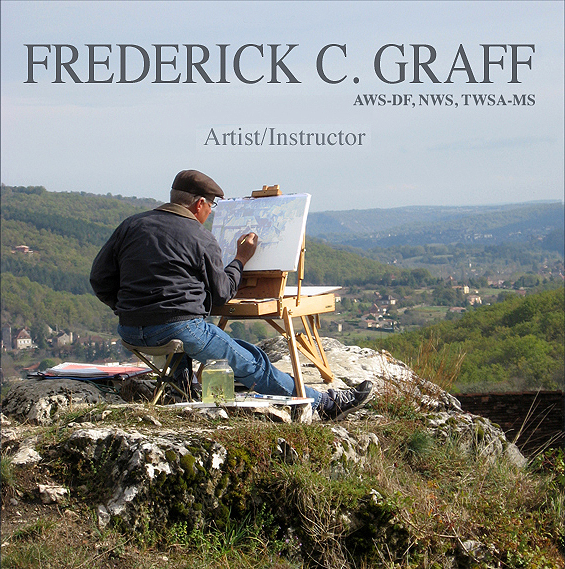
I work in acrylics and have developed a fondness for using paper plates as palettes. My goal is to coat a plate in so many layers of paint that I can use it as a Frisbee.
I am really fond of Strathmore's Paper Palette (http://thepaintingcorps.blogspot.com/2009_04_01_archive.html)however it is obviously not very good if you intend to save the paints for use later.
I find Sta-wet palettes to work surprisingly well for acrylics if I want to keep color mixes over several days.
When I painted with oils, I used foil over a simple wooden palette when painting. That seemed to work well when blending and made clean up really easy 🙂 And when working with acrylics, I covered a plastic palette (the ones we got from school for free lol) with foil and put it in the fridge.. I think I got that suggestion from a high school art teacher. Maybe that helps with the mold problem?
I wish I could still paint traditionally =/ Tiny apartments are no good for that..
Acrylics = A ceramic egg holder is good (for mixing larger quantities of paint).
I mainly use a smaller porcelain palette (one of those cicular things with about 12 semisphere pools in it) for holding all the raw colours (The deeper pools keep the paint nice and wet for longer, and also if you stretch a piece of cling film over the top of it after giving the paint a good misting over with some water it will keep acrylic wet for quite a few days). I always use this palette in combination with a large plain white glazed ceramic wall tile at the side for mixing up all my tones, tints, and what not. Ceramic is the best surface I've found to clean acrylic off – simply run hot water on the used pallete and any dried paint blisters and slips off pretty easily.
Oils wise = I duct tape a piece of greaseproof cooking paper over my aformentioned ceramic tile, this surface can be cleaned up mid session with spirit on a rag if necessary. usually when im all finished I screw it up chuck it away and stick down a fresh piece ready for the next painting (easy, cheap, no mess), 1 roll of greaseproof paper lasts me all year and costs about £2.
I paint mostly in oils and I've been using an old 14X16 glass shelf for about 5 years or so. Easy to clean and having the flexibility to change the “ground” is wonderful.
I paint mostly in watercolors or ink, and use a variety of travel pallets when I work. If I need to use a large amount of specific colours I mix my colors in cleaned out baby food jars or fruit cups.
I don't often work with acrylics since I made the change over to watercolors, but when I do work with them I stick to disposable pallets or wax paper. Sometimes I use retarders or else I water down my paint and keep larger amounts of this for use later in old film roll tubes.
With straight acrylic I also sometimes line a butcher tray with a damp napkin and use the paints on top of that.
I do acrylics sometimes, and I use a combination of a small, round plastic palette (with several depressions in a circle around the edge), an old plastic pie plate and a paper palette. The plastic palette gets the most use (even with ink). The pie plate is good for mixing larger amounts of color, and the paper palette is good to mix things and test things right in front of the canvas. Provided, of course, that I don't rest my arm in it.
when I used to paint murals I used a rolling cart with a giant piece of glass. Instead of squeezing out paint each color I'd just open up the quart can lids set up around the palette.
I've always had a fondness for my carts and I still use them today. Currently I'm using a thrift store rescue for my oil painting. They usually have a second shelf for more storage.
For a palette I just use a sheet of masonite. People think it's glass because of it's sheen.
A new piece of masonite just needs to be soaked through with linseed oil. might be weird the few few days but once you've mixed enough colors on it the palette will take on a beautiful neutral color.
I'll be moving into my new studio soon and will have room for a bigger palette. Time to start this whole process over again.
With the masonite idea you can have them custom cut to any palette shape you want to try. My friend Scott Tallman-Powers did just that and has dozen hanging around his studio he's tried out.
a trick for keeping oils from drying out is to just set your pallette down in a pan of water in between sessions. It's oil so it won't interact with the water, and since it's underwater the paint won't get dried out by the air.
For oils I use one of those store-bought tempered glass palettes. I put it an old frame and caulked off the edges to prevent run-off from too much solvent.
Otherwise I also have a larger tempered glass cutting board and sprayed the rougher underside with a gray primer, and use the smooth surface as my paint side.
Both are very easy to scrape off with a razor.
For me, it depends on what I'm doing. If I'm doing a piece with a controlled, limited gamut, I'll usually use whatever flat surface is handy because I already know the color combination I'll be using. Anything from a paper palette to a paper plate will work.
If I'm doing a larger piece with a more complex color scheme, I'll gesso a piece of plyboard and lay out all my colors. That way I can experiment with color as the mood hits, letting the paint on my palette inspire me.
I used to use a new (unused) plane bathroom tile. It was quite big and it was easy to clean. Very good but you cannot keep it in your hand, cos its gets rly heavy!
I use disposable palettes now…
I, like many others, use ceramic plates for watercolour. I squeeze the paint out around the edges and use the large middle of the plate for mixing. It can be easily cleaned without dirtying the raw colours and stacked neatly away when I've finished a days painting.
For oils I have a sheet of plexi-glass placed on top of a small chest of drawers mounted on caster wheels. The surface area on the plexi-glass is quite big and it cleans easily. The drawers underneath contain all my essential art materials so everything is within easy reach.
Oils… the glass palette of my own making so I can make it any size. The glass sits in a cradle, plywood with raised wood trim to avoid sharp edges. Standard glass so it's easy to replace. The cradle prevents breakage.
Acrylics… ceramic butcher tray, wet paper towels laid down, sheet of vellum over the top of that. The vellum gets damp from the wet towels underneath preventing the paint from drying out and makes for a good mixing surface.
Watercolor… standard store bought trays for watercolor, sometimes ice or egg trays for larger mixes.
correction… acrylics ENAMELED butcher tray
Oils… glass/wood palette… must drill 1″ hole in plywood in order to push out old glass later.
I've also had the idea of using colored paper underneath glass for oil paint. I didn't really think about using paper to match the ground. I keep trying to use the overall color and value of the painting itself, from my color rough.
I'm just a student, and I don't work as hardcore as you guys 🙂 But what I do is cover a cheap, white plastic french palette with plastic wrap. This has worked well for acrylics and has held up for one to three sessions (so far, anyway).
For acrylics I use a home-made “wet palette”: rectangular shallow plastic cookie box with a transparent lid. I put wet paper towels inside and over that white (non-stick) baking paper. When I stop a painting session, I put the lid back on and voila! Paint stays wet that way for over a week. I tried the same thing with oil paint and it works almost as good.
I use the good ol' wooden palette with a thumb hole. For some reason, I like to have my left hand full while painting. I feel uncomfortable if I'm not holding at least a palette, a mahlstick and some tissue or a rag. Some weird artist's neurosis, I guess. I tend to be OK at keeping it pretty clean, and if it becomes too clogged some day, I'll have an excuse to get myself a blowtorch.
I use a Pyrex leftovers/food saving container that comes with a pre-fit lid. I keep a couple moist pieces of polyester felt moist at the bottom and put baking parchment over that. The lid's seal is tight and the (acrylic) paints stay workable. They'll stay moist and more or less like new for a few days, but I've actually used some of them a couple weeks down the road from squeezing out of the tube as well. At that point they still seem usable for sketching or getting a single diluted tone across the ground.
I use kitchen wax paper on a clipboard for oils. Works well, covers easily with a piece of saran wrap. To use for acrylics, I'd add a few thicknesses of damp paper towel underneath.
John Jude Palencar said…
Hi Folks – Lots of good advice in here. I haven't tried the paper palettes in some time. They use to resist the paint which was frustrating. What I noticed in these posts is ingenuity. Adapting found objects and surfaces seems to be the way to go. Early on in my career I used an old short metal shelf rigged with a palette and storage area. I think for the next post we'll explore workstations. Some of you have incorporated your palettes into side work carts etc… Till then.. happy painting.
jjp
I work in watermedia as opposed to oils. I use plastic palettes and plastic cups for my gouache and acrylic paints. I've used those disposable paper palettes that come in pads before – they work good with acrylic paints though I've never tried them with gouache.
For oils I would duct tape down a piece of glass to masonite. I would put paper underneath it or paint the masonite white. Cheap and easy to make and you can create a custom size that works for you. Clean up was simple just a razor blade and wasn't hard to clean later when and if i got lazy.
My comment here was eaten, but I have written it out and expanded it a little. The short form is that a wooden palette can be great, but you have to find a good one, and look after it. Most of my comments have been covered by other people since I posted, but here you are.
I have always wanted to participate in an Art challenge competition, but I have not decided, I end up thinking that I am not good enough for a competition like that
I love this! Why I never thought of it before is a mystery – thank you Alonso!!
اعمال شركة تنظيف بالرياض متميزة داخل المنطقة التي تعمل بها لانها تعمل علي تقديم كل ما هو جديد في عالم النظافة لتقديم خدمة متميزة للعميل فتعامل مع شركة تنظيف فلل بالرياض ستلاقي فريق من العمال لدك مختصين في اعمال نظافة الفلل وهذا يحدث ايضا مع شركة تنظيف خزانات بالرياض
والتي تعمل علي نظافة الخزانات وتعقيها للقضاء علي الاوساخ والبكتريا الصغيرة التي توجد بها معكم ايضا شركة تنظيف مسابح بالرياض التي تعمل علي الصيانة والتنظيف بواسطة اثنين من الفنين المختصين في مجال المسابح واليك خدمة اساسية تلبي لك العيش في بيئة خالية من الحشرات الصغيرة من خلال قسم شركة مكافحة حشرات بالرياض الذي يعمل علي القضاء علي جميع الحشرات المنزلية كما يوجد قسم اخر في مجال مكافحة الحشرات وهو شركة رش مبيدات بالرياض التي تقدم خدمة الوقاية والقضاء علي هذه الافات بواسطة مبيدات طبيعية
I was using woodprix instructions to make it and I did it already 🙂